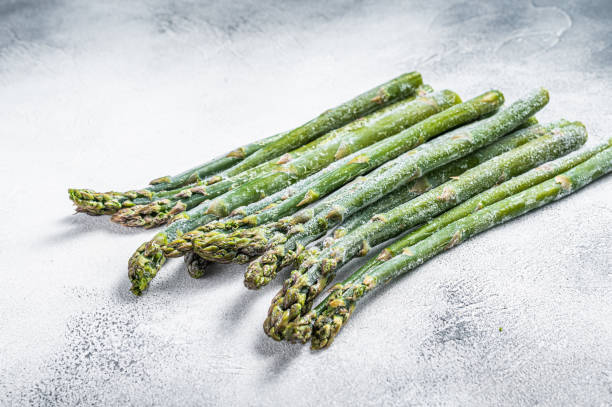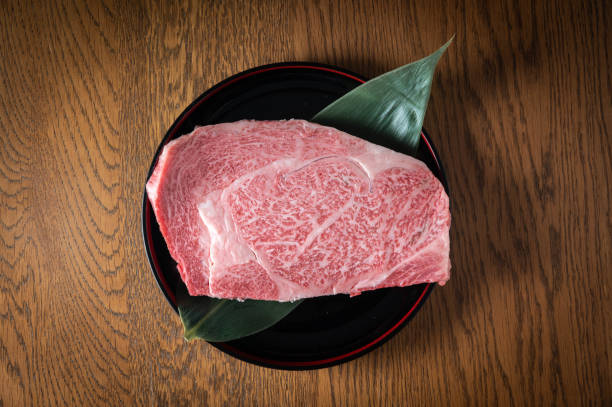From time to time the car windows have to be cleaned of dirt and streaks. We will show you how you can use simple home remedies to clean and properly clean your car windows. For a clear view and a good and safe journey.
Cleaning car windows can be very annoying. But there is no way around it. Because just activating the wipers is not enough in the long run. For this purpose, we have collected simple methods on how you can easily remove dirt from your car windows.
Home remedies are suitable for cleaning car windows
Instead of going to the expensive car wash, use simple home remedies. Because with these you can effectively clean your car windows. We will also tell you how to clean your car windows without leaving streaks. There are many good cleaning agents in the 2020 windscreen cleaner comparison, but for most methods, you only need a bucket of warm water and one of our home remedies.
1) Clean car windows with washing-up liquid

One of the most popular ways to clean car windows is with warm water and dish soap. To do this, fill a bucket with warm water and add a few drops of washing-up liquid. Then you can use a soft sponge to remove the dirt from your car window. You can then wipe the pane dry with a microfiber cloth. Alternatively, you can also use a newspaper. You should also remove dirt from the wipers. Also, read our tips on removing car stickers.
2) Clean the car window with vinegar water
You can also clean your car windows properly with the effective home remedy vinegar. To do this, mix vinegar essence with water in a ratio of 1:10 and fill it in a spray bottle. You can then lightly spray your car window with it. Then rub it with a bit of crumpled newspaper and dry it properly. Vinegar is also a good home remedy for de-icing car windows in winter.
3) Remove moisture with the blackboard eraser
Easily remove the moisture with a simple chalkboard eraser. Because these absorb the moisture and do not leave a wet film on the panes, such as a cloth or handkerchief. You can also get blackboard erasers in office supply stores or online for a few euros. You can also easily store the good piece in your glove compartment. So you always have it quickly at hand. Also note our article on reducing humidity and dehumidification in rooms, as well as tips against a smelly air conditioning system.
4) Cleaning sponge for cleaning car windows
Or use a special cleaning sponge to clean your car window from the inside. This makes cleaning car windows child’s play. If you don’t have any glass cleaner at hand when you’re out and about, this special cleaning sponge is particularly suitable. Because it has two different cleaning sides. With one, you can absorb the moisture. And with the other side, you can remove the stubborn dirt. In addition, note our tips on replacing bleached plastic in the car.
5) Clean car windows from the inside with glass cleaner
Cleaning the car windows from the inside is also an annoying topic. It often takes a little self-motivation and you have to overcome your weaker self. It doesn’t take much to clean the car window from the inside as well. To do this, you should first wipe the inside with a slightly damp cloth and let the whole thing dry with the windows open. Then you can put some glass cleaner on a kitchen towel and use it to clean the inside of the car window. Then rub everything dry with a bit of newspaper.
6) Wooden spoon for hard-to-reach places
A wooden spoon can also help you to clean the car windows. Especially in hard-to-reach places like corners of car windows. All you have to do is place a cloth over the wooden spoon and then moisten it with the cleaning agent of your choice. Then you can easily clean the corners of your car windows with it. Also, note our tips for cleaning car seats and caring for car upholstery.
7) Clean tinted car windows

You should be careful when cleaning tinted car windows. Because some cleaners could severely damage the tinted windows. These include, in particular, abrasive, enzyme-based, and salmiak or ammonia-based cleaning agents. Accordingly, only use water and a soft cloth to clean tinted car windows. You should avoid the edges of the tint so that it does not peel off. If you are in the process of selling your car, read our car selling tips and tricks.
8) Eliminate bugs from car windows
Newspaper and old tights can help you clean your car windows properly and get rid of annoying insect dirt. Accordingly, you can wipe the affected areas with damp newspaper. This will soak the insect debris. As a result, they are easier to remove afterward. Finally, you can wipe away the soaked bug residue with an old pantyhose. If you decide to drive to the car wash anyway, follow our car wash tips.


















